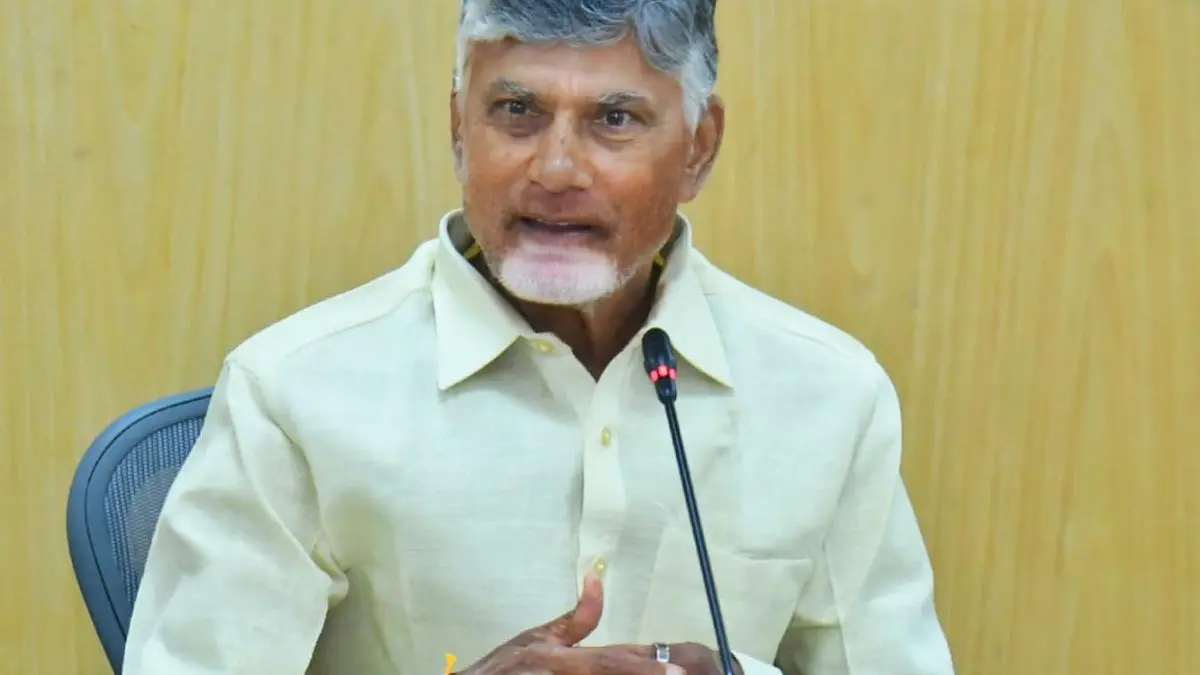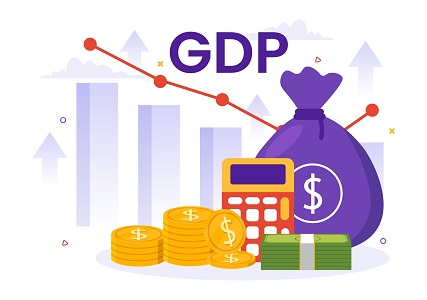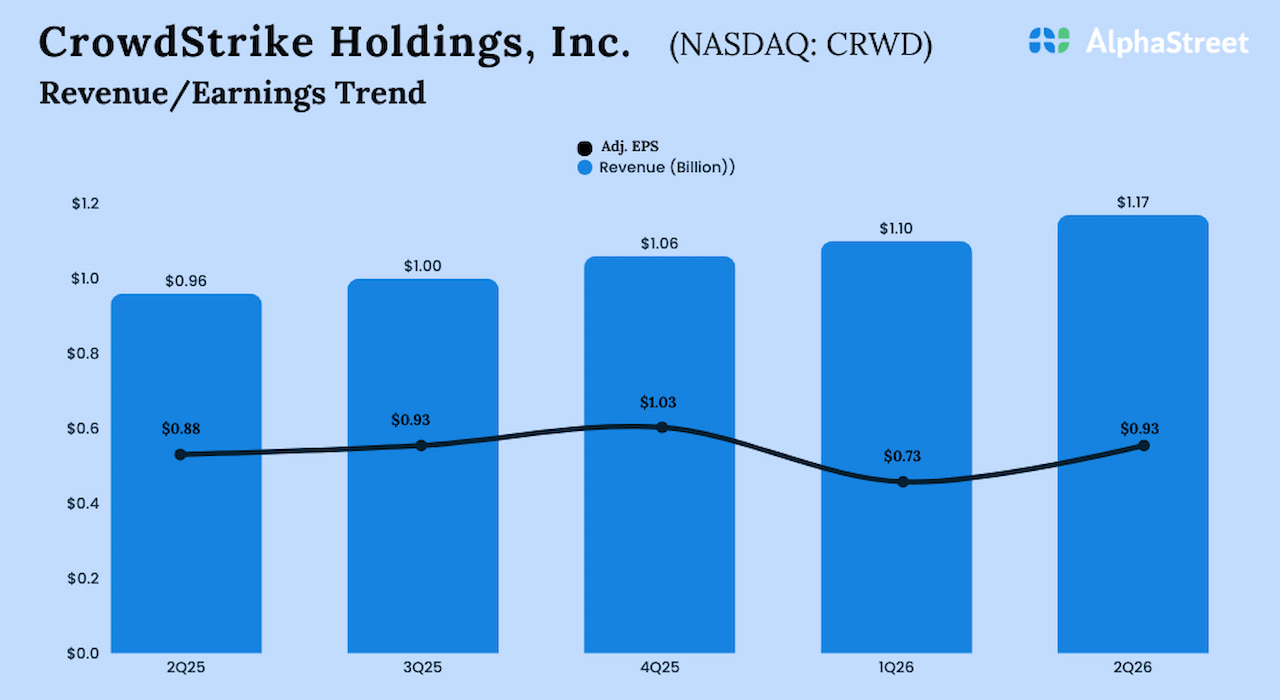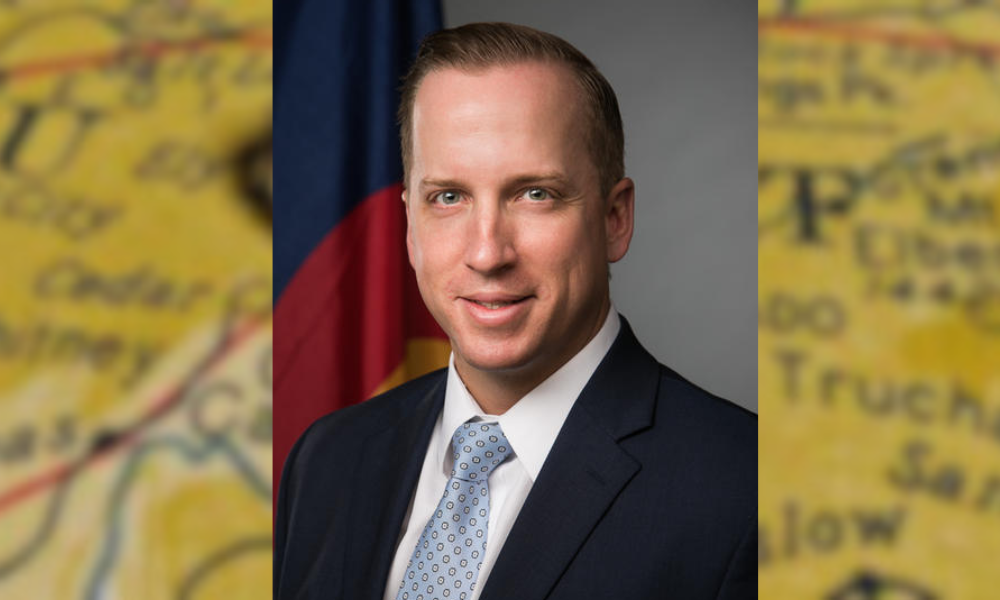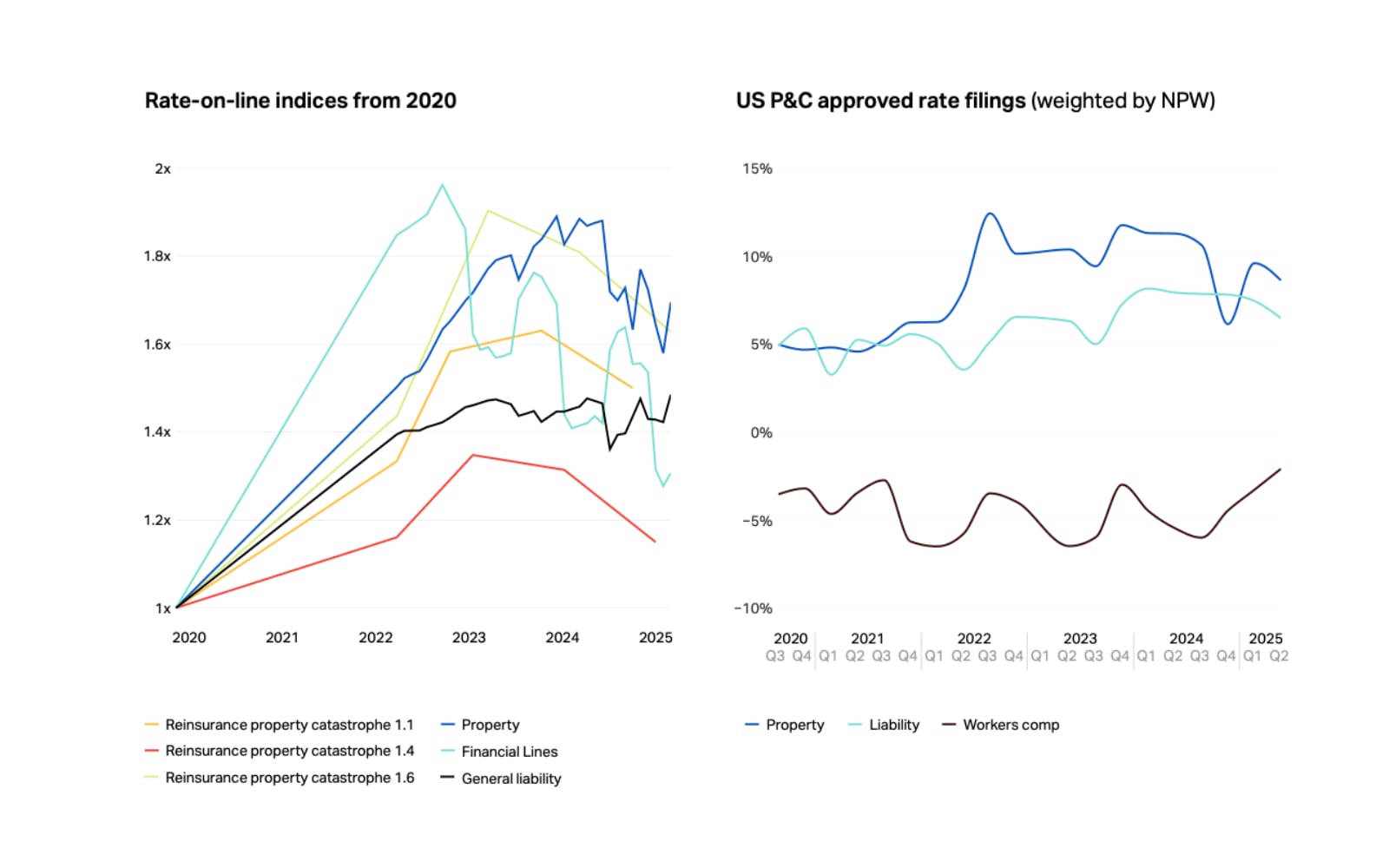Helped by strong festival-season demand and momentum in the economy, domestic passenger vehicle (PV) sales reached a new peak for a third consecutive month in October, while the goods and services tax (GST) collection surged to the second-highest ever. But there were some concerns regarding manufacturing activity and joblessness, especially in rural India.
While the monthly PV wholesale number at 391,472 units in October, up 16.3 per cent year-on-year (Y-o-Y), topped the record of 363,733 units set in September, the GST mop-up at Rs 1.72 trillion, an increase of 13 per cent Y-o-Y, lagged only the high of Rs 1.87 trillion reached in April this year.
UPI transactions also saw their highest ever value in October at Rs 17.16 trillion, up 9 per cent from Rs 15.8 trillion in September. In volume terms, too, they touched a new high at 11.41 billion, up 8 per cent versus 10.56 billion in September.
On the flip side, India’s manufacturing activity in October slipped to the lowest in eight months, said a survey by credit rating agency S&P Global.
The Manufacturing Purchasing Managers’ Index (PMI) fell to 55.5 in October versus 57.5 in September. It is the lowest since March when the PMI was 56.4.
According to S&P Global, there was a slower increase in total new orders, production, exports, buying levels, and stocks of purchases. The hiring activity and business confidence, too, slipped to a five-month low.
The unemployment rate, too, climbed to the highest in more than two years in October as joblessness in rural areas increased, according to Centre for Monitoring Indian Economy (CMIE), a private research firm. The overall rate rose to 10.05 per cent last month from 7.09 per cent in September — the highest since May 2021. Rural unemployment jumped to 10.82 per cent from 6.2 per cent, while the urban rate eased slightly to 8.44 per cent.
Still, there were signs of improved sentiment in semi-urban markets, where demand for entry-level cars witnessed an increase.
Amid peak festival season and ever-increasing demand for SUVs, car dealers increased their stocks. The upswing in the wholesale number for cars could also be attributed to improved chip availability. Two-wheeler sales also gained traction last month ahead of Diwali.
Shashank Srivastava, senior executive officer (marketing and sales), Maruti Suzuki India (MSIL), informed reporters that the auto industry’s retailers currently have about 30 days of PV stock, which is “quite high”. He noted that if stock levels decrease in the next 15 days, given that Diwali is on November 12, the industry’s confidence will remain strong. However, if they do not go down significantly, this may affect the industry’s wholesale figures in the upcoming months.
MSIL’s domestic PV wholesale figure jumped 19.7 per cent Y-o-Y to 168,047 units in October. Srivastava said demand for SUVs remained high. The share of SUVs in total PV sales jumped from about 42 per cent in FY23 to about 48.7 per cent in the first seven months of FY24.
He said the industry has been able to increase production as the semiconductor shortage crisis has “faded away”. He further said the auspicious period — with Navratri and Dussehra festivities — aided the jump in sales in October. “Diwali this year is in the first 15 days of November, so a lot of dealers are stocking up vehicles,” he said.
The domestic car wholesale number of Hyundai, India’s second-largest carmaker, jumped 14.8 per cent Y-o-Y to 55,128 units last month. Tarun Garg, chief operating officer (COO), Hyundai Motor India, told Business Standard: “In 2023, it appears that volume growth for the industry will be about 7.5 per cent. Growth this financial year (FY24) is also expected to be similar, at about 7-7.5 per cent, which is good considering that last year’s figure was itself the highest ever.”
“Hyundai’s dealers have 21 days of stock, which is optimal. We want to bring it down to 15 days by the end of this year. The industry stock numbers, which we hear, are higher,” he further said.
Dhruv Mudaraddi, research analyst, StoxBox, said auto sales have shown strong growth in the domestic space, underpinned by festival season spending. He said that robust SUV sales also propelled PV sales growth. “A slight revival was seen in the entry-level segment, as well, owing to seasonal discounts and improved sentiment in semi-urban markets,” he added.
The top four domestic two-wheeler makers in the country — Hero MotoCorp, Honda Motorcycle and Scooter India, TVS Motor, and Bajaj Auto — also witnessed significant growth in volume sales in October.
“Domestic two-wheeler sales saw double-digit growth across OEMs (original equipment manufacturers) buoyed by the festive season. The top half of two-wheeler portfolios performed much better than the entry-level segment… This healthy growth trend is expected to continue in the latter half of the festival season in November, led by positive macroeconomic factors and superb traction in recent product launches,” Mudaraddi stated.











